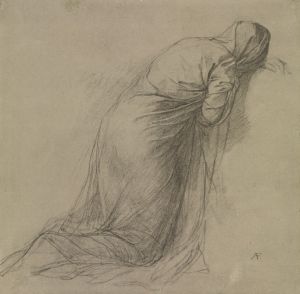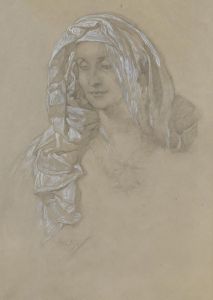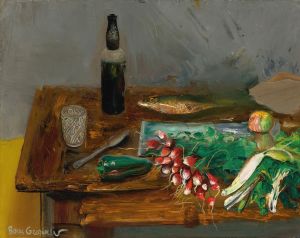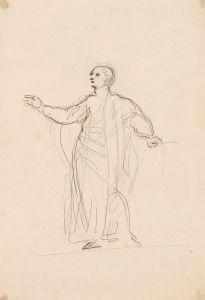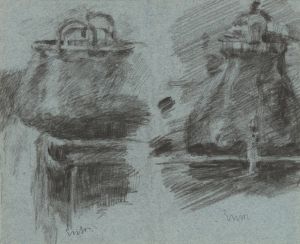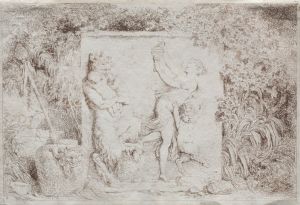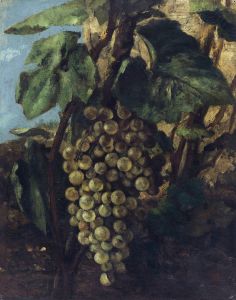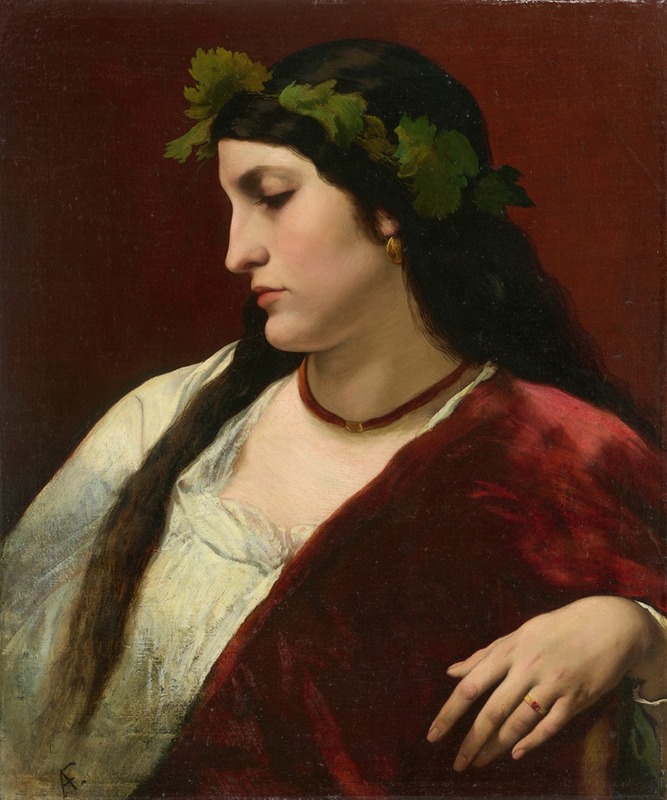
Nanna as a Bacchante
A hand-painted replica of Anselm Feuerbach’s masterpiece Nanna as a Bacchante, meticulously crafted by professional artists to capture the true essence of the original. Each piece is created with museum-quality canvas and rare mineral pigments, carefully painted by experienced artists with delicate brushstrokes and rich, layered colors to perfectly recreate the texture of the original artwork. Unlike machine-printed reproductions, this hand-painted version brings the painting to life, infused with the artist’s emotions and skill in every stroke. Whether for personal collection or home decoration, it instantly elevates the artistic atmosphere of any space.
Anselm Feuerbach was a prominent German painter of the 19th century, known for his classical style and depictions of mythological and historical subjects. One of his notable works is "Nanna as a Bacchante," which reflects his fascination with classical themes and figures.
"Nanna as a Bacchante" portrays a woman named Nanna, depicted as a Bacchante, a follower of Bacchus, the Roman god of wine, revelry, and ecstasy. Bacchantes, also known as Maenads in Greek mythology, were often depicted as frenzied women who participated in the wild, ecstatic rites of Bacchus. Feuerbach's choice to depict Nanna in this role aligns with his interest in classical antiquity and the exploration of mythological subjects.
Feuerbach's work is characterized by its classical composition, attention to detail, and use of color to convey mood and emotion. In "Nanna as a Bacchante," he employs these techniques to create a sense of movement and vitality, capturing the essence of the Bacchic revelry. The painting likely features rich, warm tones and dynamic brushwork, which are hallmarks of Feuerbach's style.
Anselm Feuerbach was born on September 12, 1829, in Speyer, Germany, into a family with a strong artistic and intellectual background. He studied at various art academies, including those in Düsseldorf, Munich, and Paris, where he was influenced by the works of the Old Masters and contemporary artists. Feuerbach's time in Italy, particularly in Rome, was crucial in shaping his artistic vision, as he immersed himself in the study of classical art and culture.
Throughout his career, Feuerbach sought to revive the ideals of classical beauty and harmony, often drawing inspiration from ancient mythology and literature. His works are noted for their idealized figures, serene compositions, and a sense of timelessness. "Nanna as a Bacchante" fits within this context, as it embodies the classical themes and aesthetic principles that Feuerbach cherished.
Feuerbach's contributions to art were recognized during his lifetime, although he often struggled with financial difficulties and a lack of widespread recognition. Despite these challenges, he remained committed to his artistic vision and continued to produce works that reflected his dedication to classical ideals.
Anselm Feuerbach passed away on January 4, 1880, in Venice, Italy. His legacy endures through his paintings, which continue to be appreciated for their beauty, technical skill, and exploration of classical themes. "Nanna as a Bacchante" is a testament to Feuerbach's ability to blend mythological subject matter with a classical aesthetic, creating a work that resonates with the viewer through its depiction of timeless themes and emotions.












